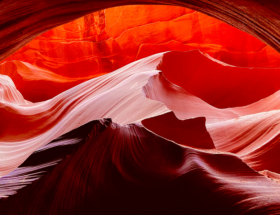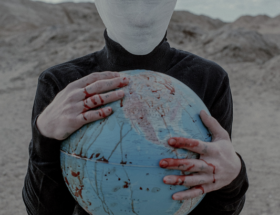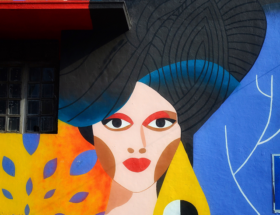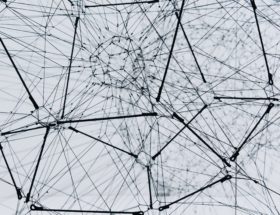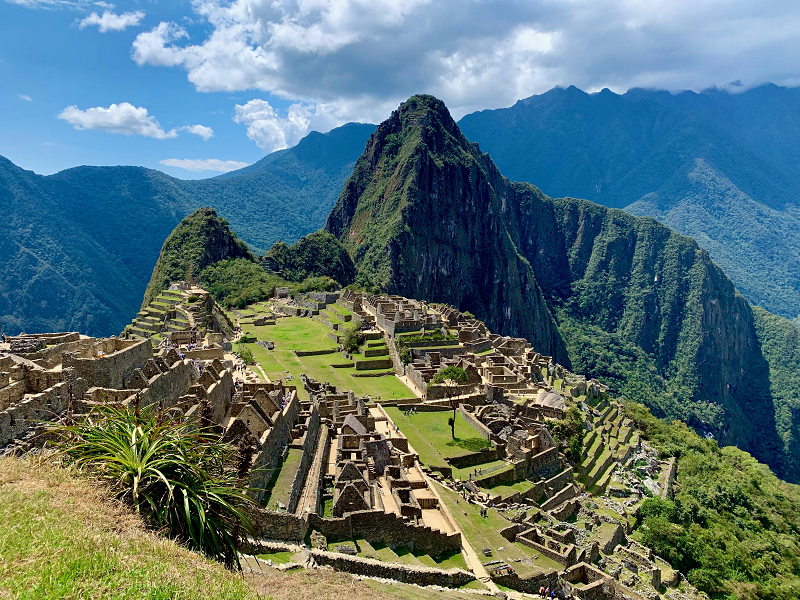
The machu picchu meaning old mountain in Quechua is an Inca citadel dating from the XVth century. Its is part of the 7 wonders of the ancient world. This place is like no other place in the world, as said the American explorer who rediscovered it in 1911, Hiram Bingham.
This historic place is located in Peru, in the east of the Andes mountain range and at the limits of the Amazonian forest. The citadel stands at 2438 meters of altitude with 172 constructions.
This site is visited by 1.5 million tourists each year. It is impressive for its historical side but also the beauty of the place.
Machu Picchu : a strong historical heritage, the center of the Inca empire
Direct heritage of the Inca population, Machu Picchu would have been, according to the archaeologists, built around 1450 by the emperor Pachacutec (1438-1471). Its ideal geographical situation pushed the emperor to make build this city-citadel. Indeed, located on top of a mountain and in the region of Cuzco (meaning “middle of the country in Quechua”), in the center of the Inca empire, Machu Picchu was to be a key city in the Inca civilization. It was potentially the residence of the emperor but also a religious sanctuary. It could shelter, in the urban zone, a population of 300 to 1000 inhabitants being probably political and religious elites. While the rural zone reserved for the cultures in terraces and their canals of irigation was populated of the workers mitmaqkuna (workers brought from conquered provinces to éffectué the necessary socio-economic tasks).
Thus, at the time of the emperor Pachacutec, Machu Picchu was at its peak with its construction of a quality superior to the surrounding villages as well as an incomparable architerctural and artistic achievement. However, the following chiefs lost interest in this place to favor more accessible and safer ones.
The decline of the citadel
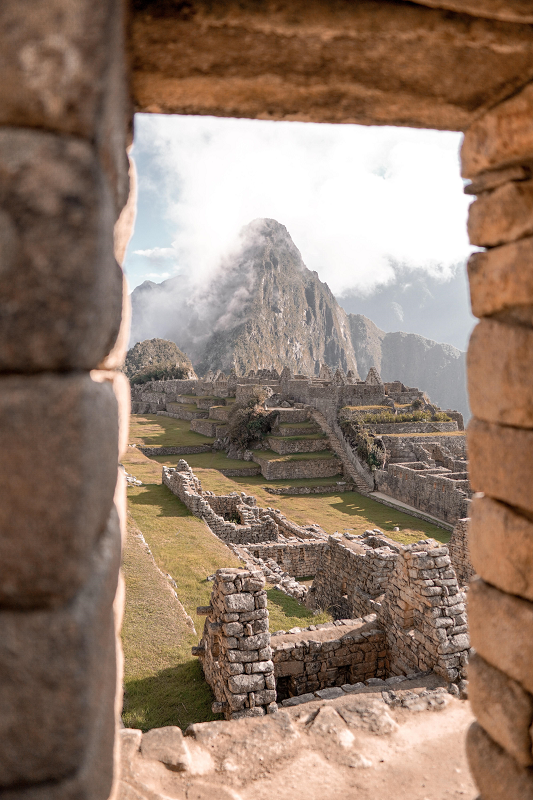
In addition to being put aside by the successors of Pachacutec, other events will trigger the oblivion of the citadel before its rediscovery in 1911. The Inca civil war and the arrival of the Spanish conquistadores will compromise the survival of the Inca people. Thus the citadel will become one of their last place of refuge in front of the Spanish until their total extermination with the Assissinat of the emperor Atahualpa. From that moment on, the citadel was completely forgotten, the Spaniards being mainly interested in gold.
A luxuriant nature
Nowadays, the citadel of Machu Picchu is classified in the historical heritage of the UNESCO and represents one of the biggest vestige of the Inca civilization. The citadel itself represents a technical feat for Incas who did not have the current technical capabilities. But what makes this place even more special is the nature that surrounds the site. Indeed, Machu Picchu is located in the middle of nature near the Rio Urubamba and on the ridge between two mountain peaks. In addition, it is now part of the Sistema Nacional de Areas Naturales Protegidas (SINANPE) called “Historic Sanctuary of Machu Picchu” which covers 32,592 hectares. The goal is to protect both biological species threatened with extinction and Inca sites of which Machu Picchu is the most important.
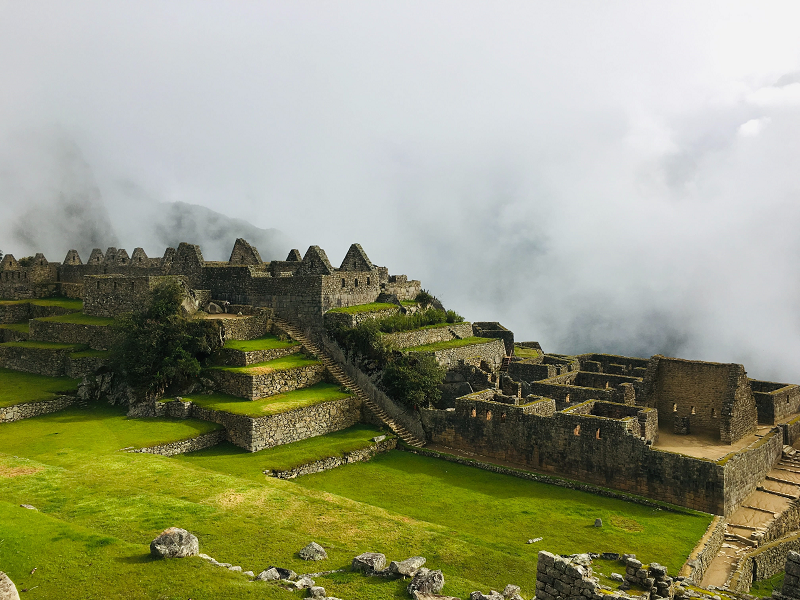
Discover other destinations:
To learn more about the Machu Picchu:

